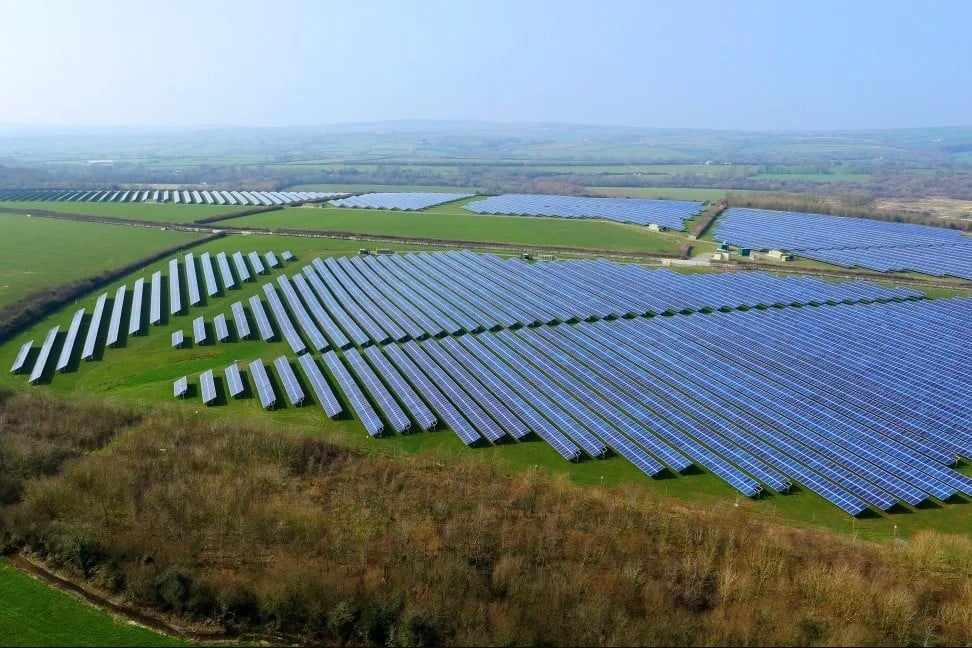
The capacity threshold at which solar and onshore wind projects are classed as nationally significant infrastructure projects (NSIPs) will rise to 100MW from 31 December this year.
Legislated by the Infrastructure Planning (Onshore Wind and Solar Generation) Order 2025, onshore wind has been reintroduced to the NSIP regime, and ground mounted solar PV developments with generating capacity below 100MW will now be approved at local authority level.
There are transitional provisions in place for developments that enter planning ahead of the change.
It follows a consultation launched by the Ministry for Housing, Communities and Local Government last year, at which point the suggested new threshold was 150MW. For onshore wind, the consultation considered a 100MW threshold and ultimately a consistent scale was found to be the better option.
In theory, this change will speed the cost-effective deployment of solar. Previously, there has been a “planning dead zone” in the 50MW-150MW range, whereby developers did not consider it cost effective to seek consent through the NSIP regime; costs prejudiced viability.
The application process for a DCO is more complex (and thus expensive) than those made under the Town and Council Planning Act (TCPA).
The government has said that the decision to increase the threshold was taken “primarily due to a higher threshold better reflecting the technological advances in solar technology since 2008, when the original threshold was set. Solar projects at the current threshold of 50MW are therefore unlikely to be of a scale, impact or complexity that is proportionate to using the Nationally Significant Infrastructure Project process”.
However, at a local level there is far less certainty when it comes to timelines and likelihood of consent. Solar Media Market Research analyst Josh Cornes recently tracked the decision times and outcomes of local planning authorities in the UK.
The current longest time for a project to go through planning at Local Planning Authority (LPA) level stands at 177 weeks, having been submitted in 2020 and approved over 3 years later. This could be beaten, however, with 3 projects submitted in 2021 still awaiting a decision, including a 21MWp site and a 24MWp site.
Further, most sites that are initially refused often win at appeal; the process can be as long as at NSIP level.
This was summarised by Gareth Philips, energy expert at law firm Pinsent Masons, who said: “The NSIP regime provides investors with a degree of certainty, whereas others such as the town and country planning regime is consistently inconsistent, with decisions by local planning authorities and the planning inspectorate often at odds with each other.”
The UK Solar Summit 2025 agenda features the panel discussion NSIP Nation: Lessons from the Frontlines of Energy Infrastructure, bringing together developers with first-hand experience to share practical lessons from the frontlines—what works, what doesn’t, and how to de-risk, streamline, and accelerate project delivery.
View the agenda and book tickets here—use our exclusive discount code SPP20 for 20% off your ticket!

